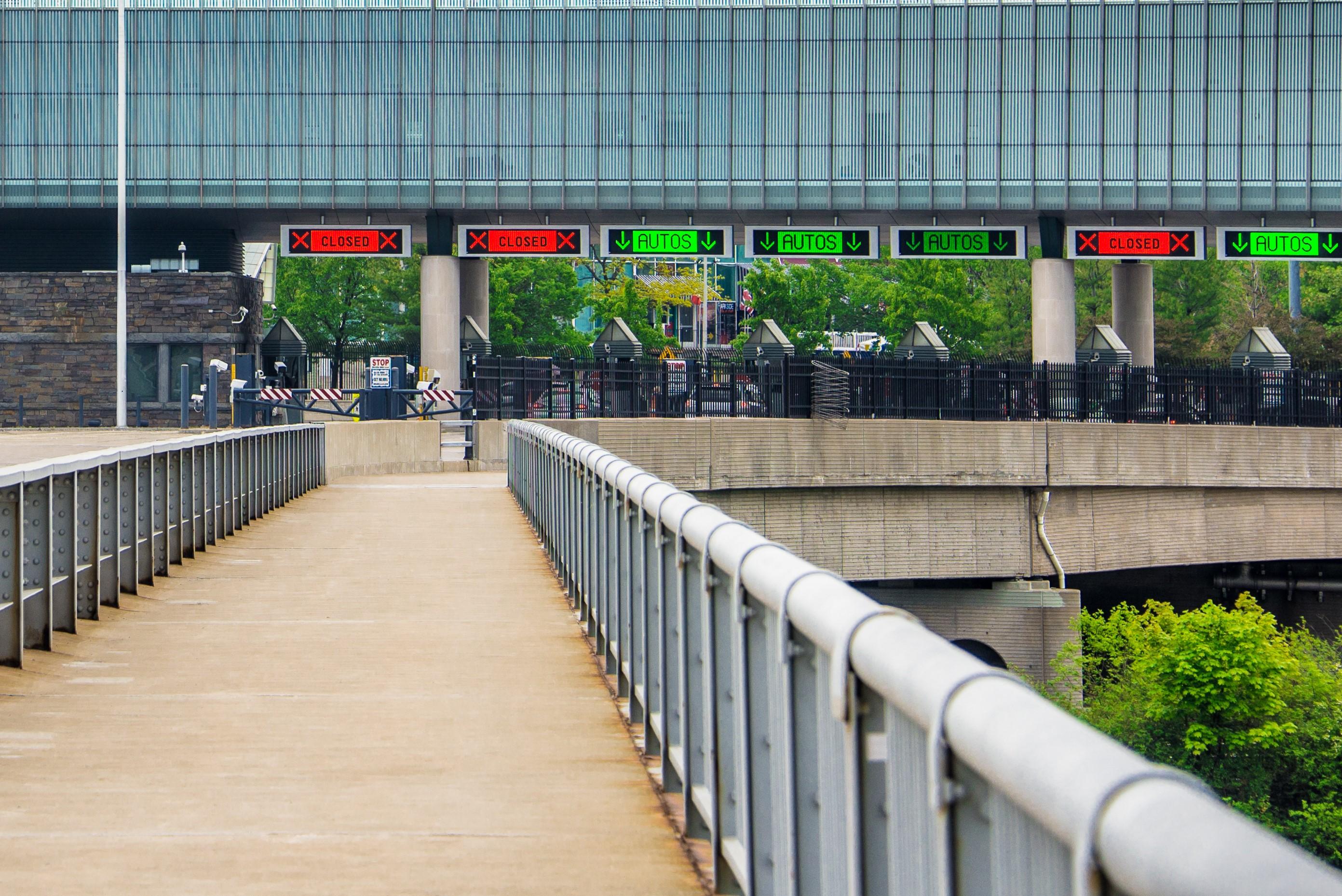Help ensure a smooth delivery by following these six packaging tips.
2. Seal each box to be palletized
- Use pressure-sensitive adhesive poly-tape that is at least 3” (7.6cm) wide
- Seal all flaps and seams using the H – style taping method below
The H – style taping method:
- Apply first strip to seal the centre seam
- Seal the edge seams on both ends with two strips of tape
- Repeat the process on the top of the box
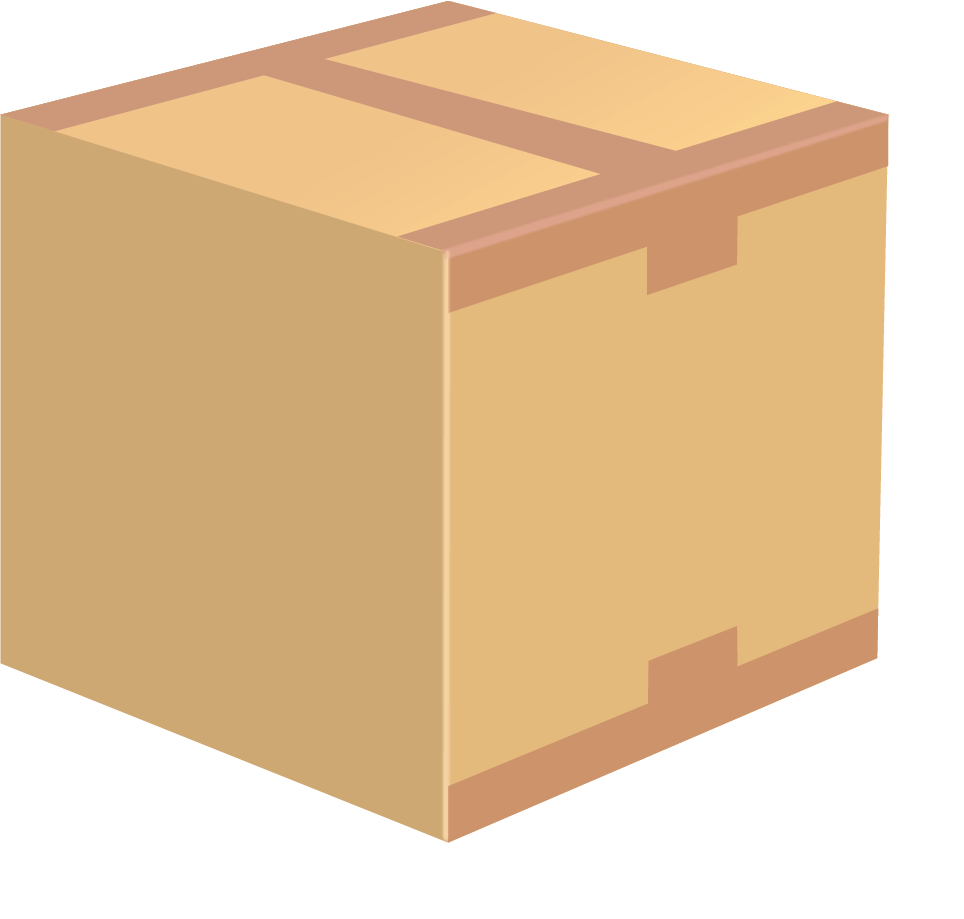
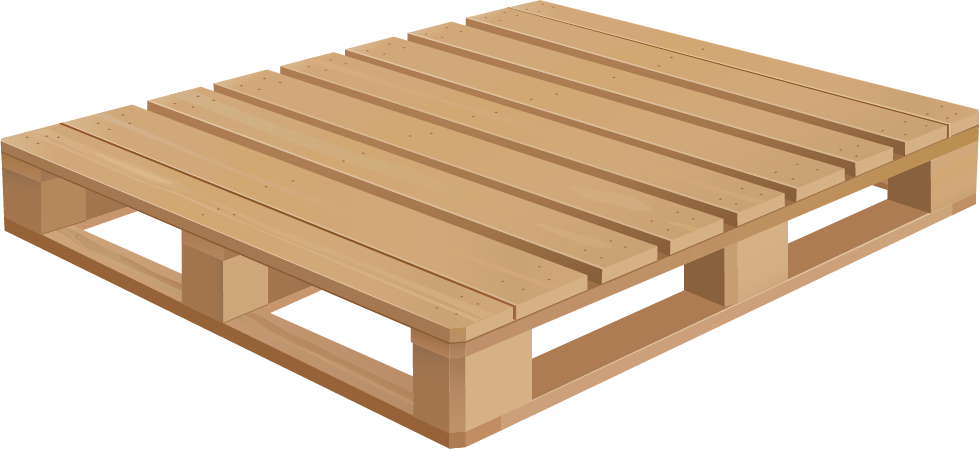
3. Choose the right pallet
- Select a forkliftable pallet that is strong and free of damage
- Use a box-style pallet that is at least standard industry size (48” x 40”)
- Load boxes onto pallet, corner to corner, edge to edge and ensure your boxes will not overhang the edges
4. Load your pallet
-
Place the heaviest boxes at the bottom of your pallet
-
Stack boxes evenly and avoid space between boxes
-
Ensure all boxes are on the pallet completely with no overhang
-
Ensure your shipment falls within our maximum size and weight limitations. The weight of the contents should not exceed 50% of the gross weight limit indicated on the Manufacturer’s Certification Stamp on the box. The outer box should be rated at a minimum edge crush test (ECT) value of 32 lbs./inch or bursting test of 200 lbs./sq. inch, as indicated on the Manufacturer’s Certification stamp.
-
Add cardboard edge protectors or paperboards to further protect your shipment if desired
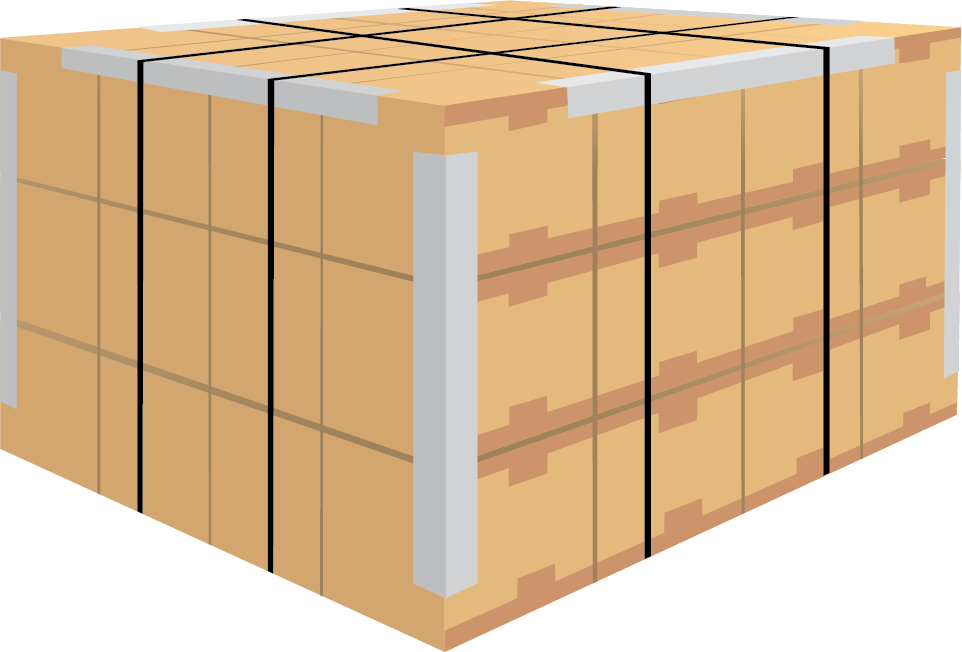
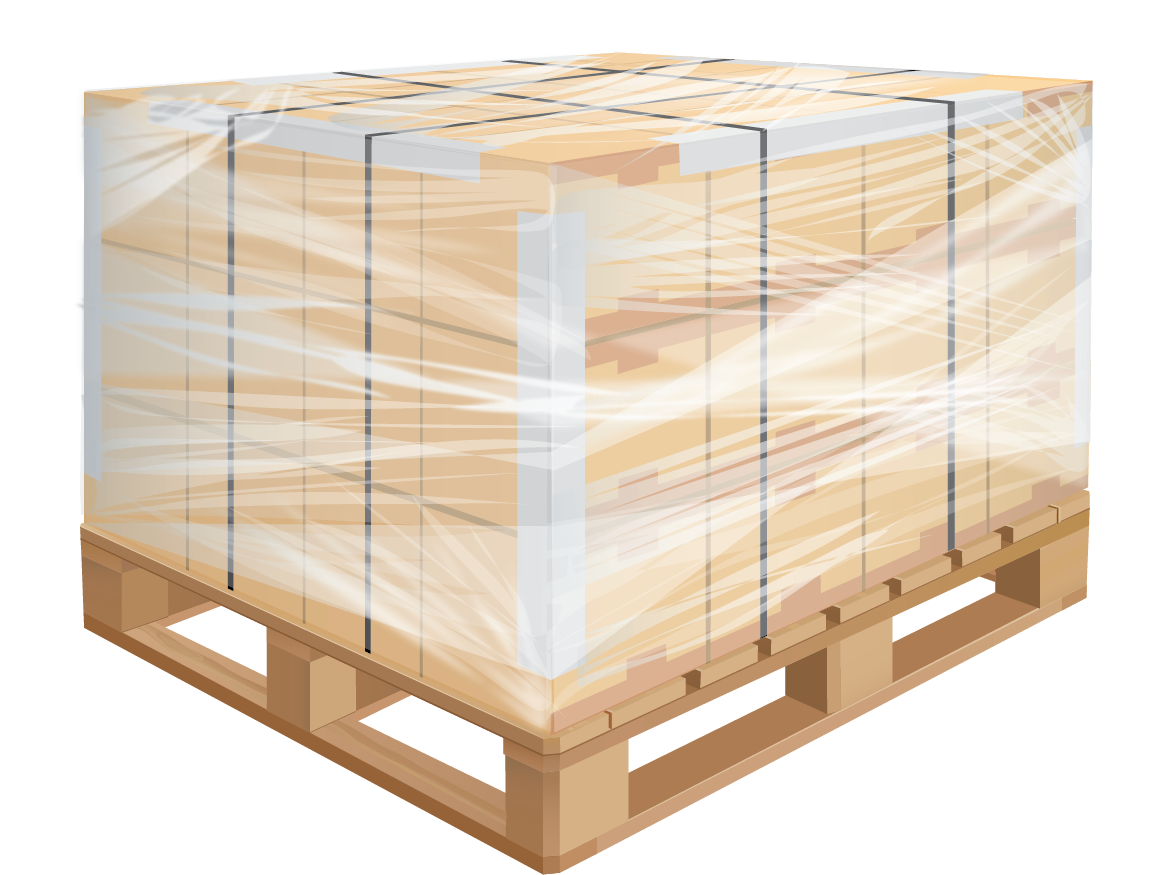
5. Wrap your pallet
- Use high-quality stretch/shrink wrap (e.g. 70 gauge)
- Start wrapping at the bottom, encircling the lowest boxes at least three times
- Continue upwards, overlapping the previous layer of wrap by half on each pass
- Wrap the top tier of boxes three times, ensuring a 3” (8cm) overlap over the top corners
- Pull the wrap back down to the bottom boxes and secure the load to the pallet by encircling at least 3 times and creating a 3” (8cm) overhang
6. Label your pallet shipment clearly
- Remove labels and markings from previous shipments
- Place label on the side of the pallet, making sure it is visible with the tracking PIN and sender and receiver contact information
- If pallet is non-stackable, please note this on the bill of lading.
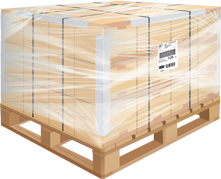
Want our full packaging guidelines?
Recommended Resources

Freighted For Success: 5 Expert Tips on How to Better Manage the Peak Shipping Season
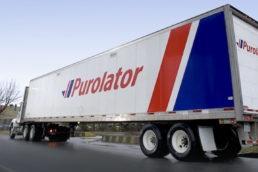
What you Should Know Before Shipping Heavy Equipment
